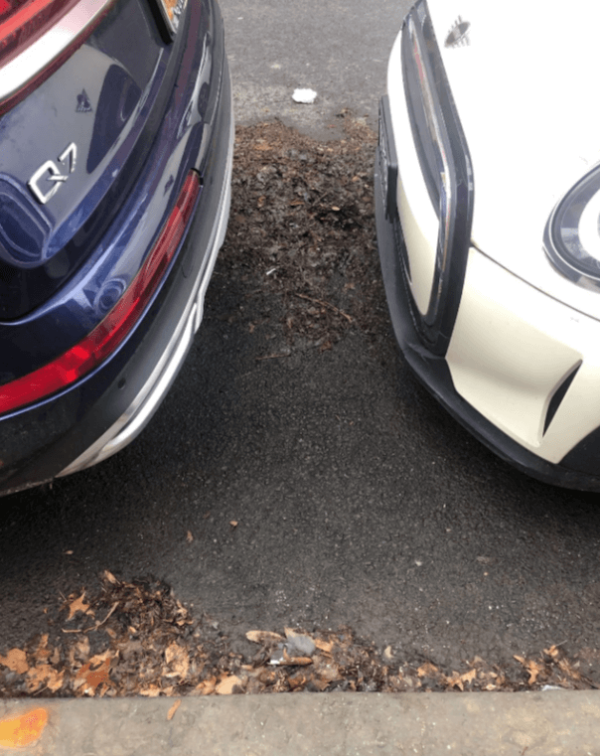
It’s a New York City phenomenon: Alternate Side Parking days – typically, a once or twice-weekly, 90 minute period during which parked cars are required to move to allow for street cleaning by the mechanical brooms of NYC sanitation vehicles. But street parking is a precious commodity. Drivers often stake out spots early – or sit in idling cars, refusing to move altogether – to secure a spot for the days ahead.
So what happens to the leaves and litter that the cleaning machines can’t get to? During intense rainfall, debris gets carried with rainwater to one of the city’s 152,000 “catch basins”. Often it gets trapped in grates, clogging drains built to serve as gateways to the network of 7,400 miles of pipes that carry stormwater and wastewater below city streets – ultimately, to one of 14 wastewater treatment facilities in the city.
“Catch basins are very important because [in an] urban area… you have a lot of impervious surfaces, and you can’t rely on nature to soak in the rain…,” says Candace M. Agonafir, Ph.D. and Postdoctoral Research Scientist with Columbia Water Center. “For an urban city, you really rely on the internal drainage network. The only way the water can get [in ] is through these catch basins and sewer drains”.
While formal studies have yet to be undertaken on the precise impact of alternate side parking failures, Agonafir thinks a study is in order. Like the author, during rainfall, she has observed “…the little debris covering the catch basin – it changed the water path to the extent that none of the water, or very little the water, was getting in the catch basin.”

Both Agonafir and colleague, Naresh Devineni – Professor, Civil Engineering, CUNY, have looked at NYC’s phone 311 help-line platform data which fields calls about flooding and clogged catch basins. Turns out the catch basin is an important variable. “When you have street floods, you have corresponding catch basin complaints,” Devineni states.
NYC’s system uses a single pipe to carry wastewater and stormwater, which picks up pollutants. When there’s too much for the system to handle, excess untreated Combined Sewer Overflow (CSO) makes its way into the Hudson and East Rivers and other waterways, Agonafir explains. The problem is worsening with more frequent and intense precipitation events due to our climate emergency.
Devineni points out that the city’s post-1970’s storm water system was designed to deal with 1.75 inches of rainfall per hour (a purported “20-year event”). Hurricane Ida slammed the city with 3.15 inches of rainwater per hour in 2021, overwhelming the system and causing widespread flooding of streets, subways, and basements – at least 11 people drowned in NYC basement apartments.
Expanding green infrastructure, which collects stormwater, is critical. Improvements to NYC’s legacy drainage system will require long term expensive upgrades. As for that pesky catch basin problem, Agonafir suggests using upcoming forecasts to predict which spots might be culprits – and deploying city maintenance in advance of storms to clear the grates. In some cities, citizen volunteers “adopt a basin”.
Doing everything possible to keep our streets clear – including making way for cleaning – is becoming more critical given the city’s legacy infrastructure and its inability keep up with our worsening climate crisis.




